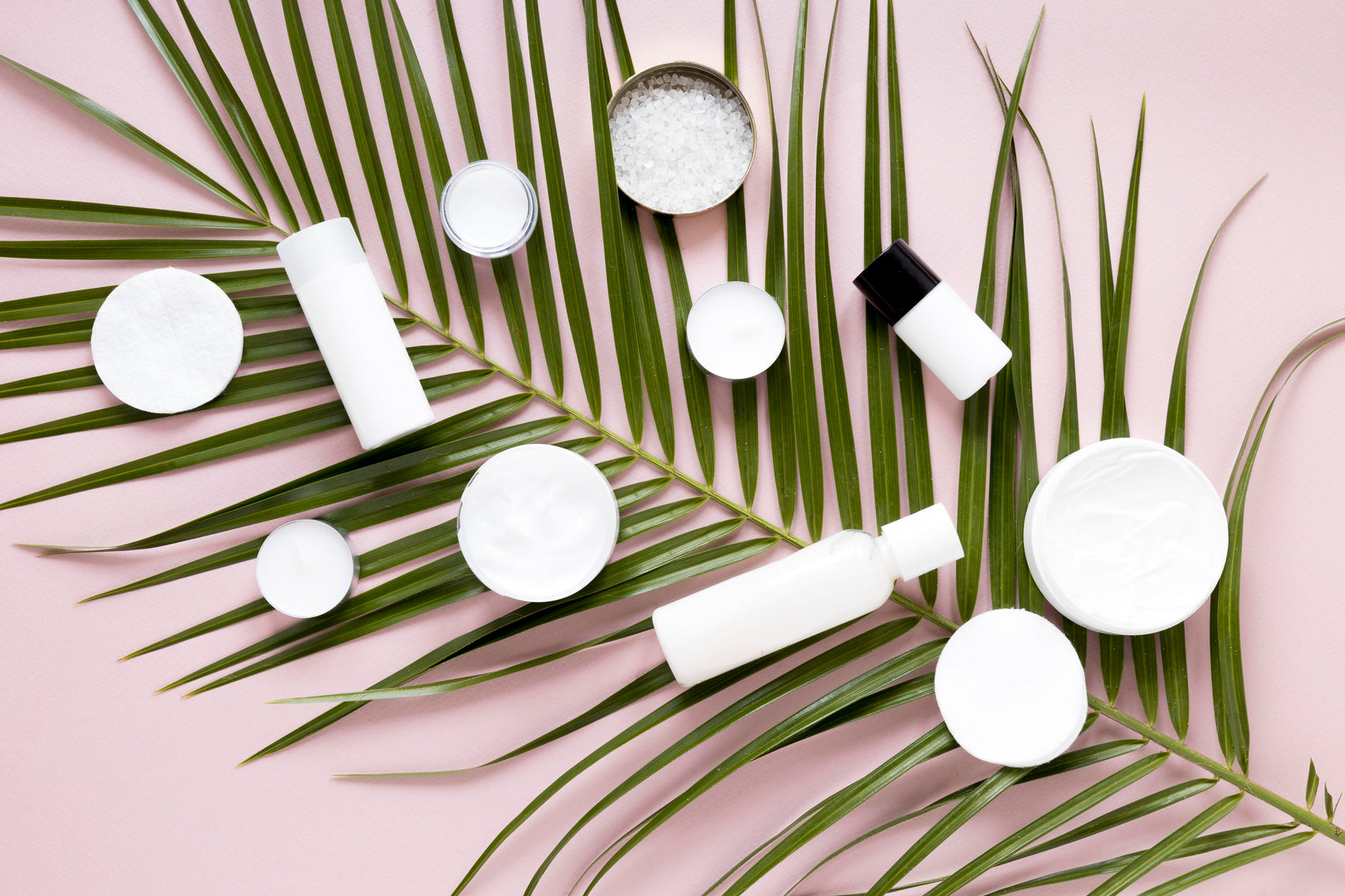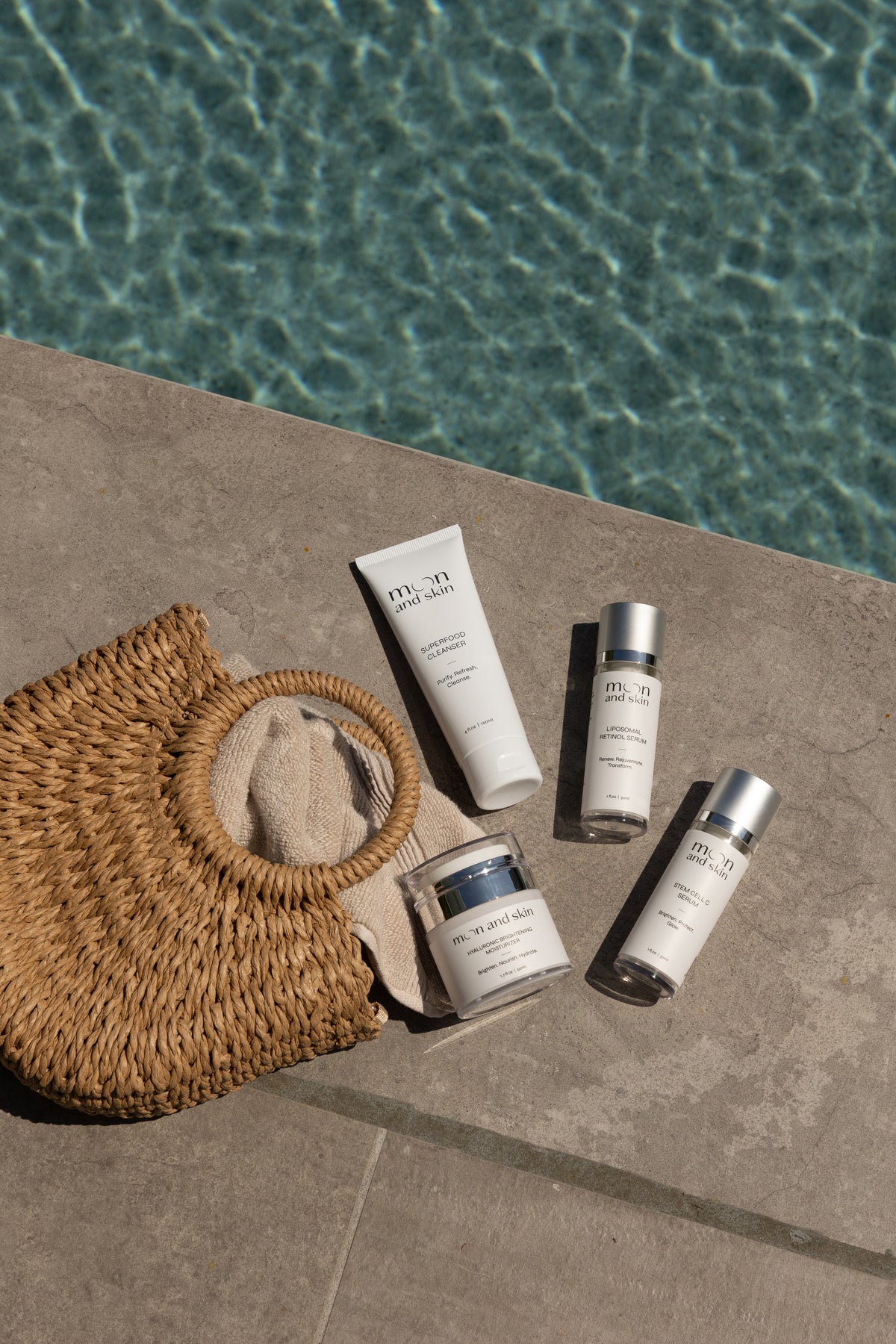Table of Contents
The delicate skin around our eyes is often the first area to reveal signs of aging, including fine lines, dark circles, and puffiness. As many of us seek solutions for maintaining youthful skin, retinol—a derivative of vitamin A—has emerged as a popular choice. However, a common concern arises: does retinol thin skin under the eyes? This question is crucial for anyone considering incorporating retinol into their skincare routine, especially for such a sensitive area.
In this blog post, we will explore the nuances of retinol, its effects on the skin, and how to use it safely and effectively around the eyes. We'll delve into the science behind skin thinning, the benefits of retinol, potential risks, and best practices for application. By the end, you will have a comprehensive understanding of how to harness the power of retinol while ensuring the health and vitality of your under-eye skin.
Introduction
Have you ever looked in the mirror and noticed the skin under your eyes looking thinner or more fragile than the skin on the rest of your face? If so, you are not alone. Many people experience changes in the skin around their eyes due to various factors, including aging, sun exposure, and lifestyle choices. Retinol has gained recognition for its ability to combat these issues, but with great power comes great responsibility.
Using retinol can lead to confusion and concern, particularly regarding its impact on the already delicate under-eye area. As we age, our skin naturally becomes thinner, losing collagen and elastin, which leads to the appearance of fine lines and sagging. Understanding how retinol interacts with our skin is crucial for making informed choices about incorporating it into our skincare regimen.
In this article, we aim to demystify retinol and its effects on the skin, particularly under the eyes. We will cover the following key areas:
- The science behind skin thinning and the role of retinol.
- The benefits of using retinol for the under-eye area.
- Best practices for safely incorporating retinol into your routine.
- Myths and misconceptions surrounding retinol use.
- Recommendations for Moon and Skin products that can enhance your skincare journey.
Let’s embark on this journey together to understand how retinol can be a valuable ally in your pursuit of radiant, youthful skin.
The Science Behind Skin Thinning
Understanding Skin Structure
To understand whether retinol thins the skin under the eyes, it’s essential to first explore the structure of our skin. The skin consists of three primary layers:
- Epidermis: The outermost layer, which acts as a protective barrier.
- Dermis: The middle layer, containing collagen, elastin, and blood vessels.
- Hypodermis: The deepest layer, consisting of fat and connective tissue.
The skin around the eyes is notably thinner than the skin on the rest of the face. This area has fewer oil glands and less subcutaneous fat, making it more susceptible to signs of aging and damage. As we age, our bodies produce less collagen and elastin, leading to further thinning and loss of elasticity in this delicate area.
Does Retinol Thin Skin?
The short answer is no; retinol does not thin the skin under the eyes. In fact, it can promote skin health by enhancing cell turnover and stimulating collagen production. While retinol may initially cause some flaking or peeling as the skin adjusts, this is a part of the process that leads to healthier, more resilient skin over time.
The Role of the Stratum Corneum
Retinol works primarily on the outermost layer of skin, known as the stratum corneum. This layer is composed of dead skin cells that can accumulate over time. Retinol helps to exfoliate this layer, making it thinner in the process, which can improve overall skin texture and reduce the appearance of fine lines and wrinkles. However, while it may make the surface layer of the skin thinner, the deeper layers become thicker and more robust, promoting a more youthful appearance.
Factors That Contribute to Skin Thinning
While retinol itself does not thin the skin, several factors contribute to the thinning of skin, particularly around the eyes:
- Aging: Natural aging processes lead to reduced collagen and elastin production.
- Sun Exposure: UV rays accelerate skin aging and degradation of collagen.
- Smoking: Contributes to premature skin aging and loss of elasticity.
- Poor Nutrition: A diet lacking in essential nutrients can affect skin health.
- Dehydration: Inadequate hydration can lead to dry, flaky skin.
Understanding these factors can help you mitigate their effects and maintain healthier skin.
The Benefits of Using Retinol for the Under-Eye Area
Contrary to fears about its potential for skin thinning, retinol offers numerous benefits when used properly around the eyes. Here are some key advantages:
1. Reduces the Appearance of Fine Lines and Wrinkles
Retinol’s primary benefit is its ability to boost collagen production, which helps to smooth out fine lines and wrinkles. By encouraging cell turnover, retinol reveals fresher, more youthful skin underneath.
2. Improves Skin Texture
Retinol helps to refine skin texture, making it smoother and more even. This is particularly beneficial for the under-eye area, where texture irregularities can be more noticeable.
3. Diminishes Dark Circles
While dark circles can be genetic, retinol can help improve their appearance by promoting blood circulation and skin renewal. Regular use may lead to a brighter, more refreshed look.
4. Reduces Puffiness
Retinol can enhance skin elasticity and firmness, helping to alleviate under-eye puffiness. When combined with hydrating ingredients, it can provide a more youthful appearance.
5. Prevents Future Signs of Aging
By incorporating retinol into your skincare routine early on, you can help prevent the onset of fine lines and wrinkles, keeping your skin looking youthful for longer.
Best Practices for Using Retinol Under the Eyes
To maximize the benefits of retinol while minimizing potential irritation, follow these guidelines:
1. Choose the Right Product
Opt for a retinol formulation specifically designed for the eye area. These products often contain lower concentrations and additional ingredients to soothe and hydrate the skin. At Moon and Skin, we offer the Eclipse™ Retinol Serum, a gentle yet effective option that can help you achieve smoother, more youthful-looking skin.
2. Start Slowly
If you are new to retinol, begin by applying it once or twice a week. Gradually increase the frequency as your skin adjusts. This approach will help reduce the risk of irritation.
3. Apply Sparingly
Use a small amount of product, applying it gently around the orbital bone with your ring finger. Avoid applying too close to the eyes or on the eyelids to prevent irritation.
4. Follow with Moisturizer
After allowing the retinol to absorb, follow up with a hydrating eye cream, such as our Celestial™ Moisturizer. This will help lock in moisture and further protect the delicate skin around your eyes.
5. Use Sunscreen
Retinol can increase skin sensitivity to sunlight, so it’s essential to apply a broad-spectrum sunscreen during the day to protect your skin from UV damage.
6. Monitor Your Skin’s Response
Pay attention to how your skin reacts to retinol. If you notice excessive redness, dryness, or irritation, consider reducing the frequency of application or consulting with a dermatologist.
Myths and Misconceptions About Retinol Use
Myth 1: Retinol Thins the Skin
As discussed, retinol does not thin the skin; instead, it can enhance skin resilience and thickness in deeper layers while refining the outer layer for a smoother appearance.
Myth 2: Retinol is Too Harsh for the Eye Area
While the skin around the eyes is sensitive, using a product specifically formulated for this area allows you to harness the benefits of retinol without excessive irritation.
Myth 3: You Should Only Use Retinol When Wrinkles Appear
Incorporating retinol into your routine early on can help prevent signs of aging before they become prominent. Starting in your mid-twenties or early thirties can be beneficial.
Integrating Moon and Skin Products into Your Routine
At Moon and Skin, we believe in providing clean, thoughtful skincare for every phase of life. Our products are formulated with nature-inspired ingredients to support your skin's health and vitality.
-
Eclipse™ Retinol Serum: This gentle retinol serum helps to reduce the appearance of fine lines and improve skin texture without causing irritation.
-
Celestial™ Moisturizer: A nourishing moisturizer that hydrates and strengthens the skin barrier, perfect for post-retinol application.
By combining these products, you can create a skincare ritual that empowers you to achieve your best skin.
Conclusion
Understanding the role of retinol in skincare, especially around the delicate under-eye area, is key to achieving youthful, radiant skin. While concerns about skin thinning are common, it's essential to recognize that retinol can enhance skin resilience and health when used correctly.
By choosing the right products, applying them thoughtfully, and following best practices, you can reap the benefits of retinol without compromising the delicate skin under your eyes. As you embark on your skincare journey, remember that we are here to support you every step of the way.
Join our Glow List today for exclusive offers and expert skincare tips delivered right to your inbox. Together, let's celebrate your skin through all its phases!
FAQ
Does retinol cause irritation around the eyes?
Retinol can cause irritation, especially if used too frequently or in high concentrations. Starting slowly and using products specifically formulated for the eye area can minimize these effects.
How often should I use retinol under my eyes?
Begin with once or twice a week and gradually increase frequency as your skin adjusts. It’s essential to listen to your skin and adjust as needed.
Can I use retinol if I have sensitive skin?
Yes, but it's crucial to select a gentle formulation designed for sensitive areas and to patch test before applying it to your under-eye skin.
What should I do if I experience irritation from retinol?
If you experience excessive redness or irritation, reduce the frequency of application or discontinue use. Consult with a dermatologist for personalized advice.
Are there any other ingredients I should look for in eye creams with retinol?
Look for hydrating and soothing ingredients like hyaluronic acid, peptides, and ceramides to complement the effects of retinol and enhance the overall health of your skin.
By focusing on the science and benefits of retinol while addressing common concerns, we hope this guide empowers you to make informed decisions about your skincare routine. Embrace the journey to healthier, more radiant skin with Moon and Skin!







